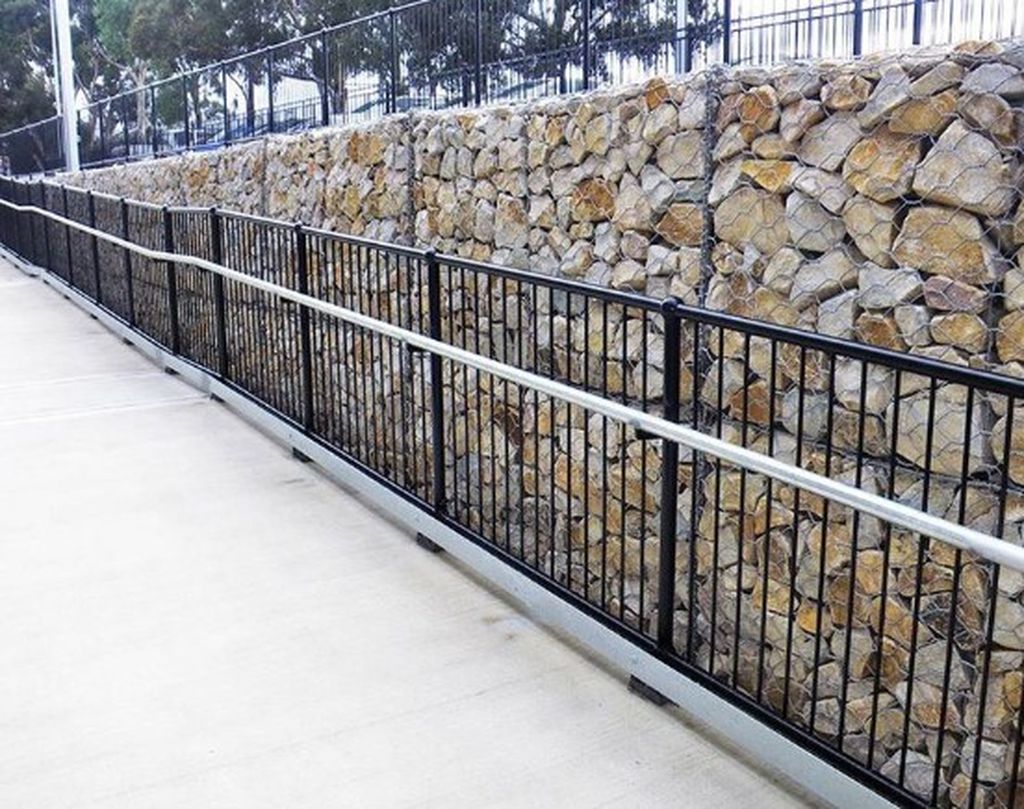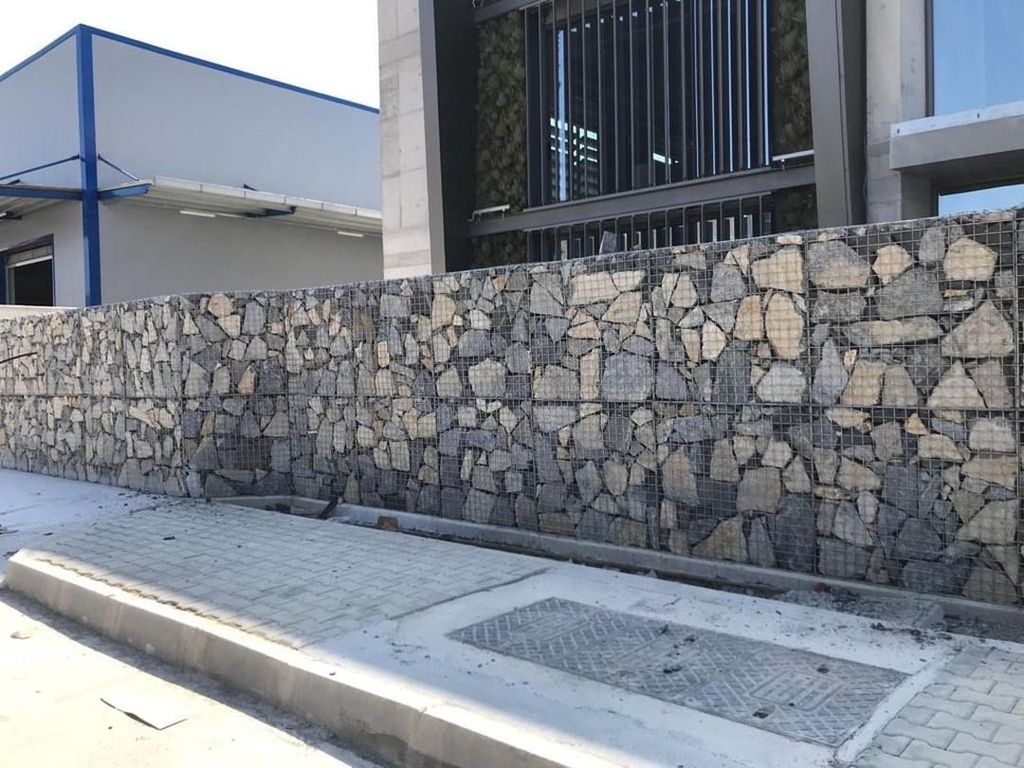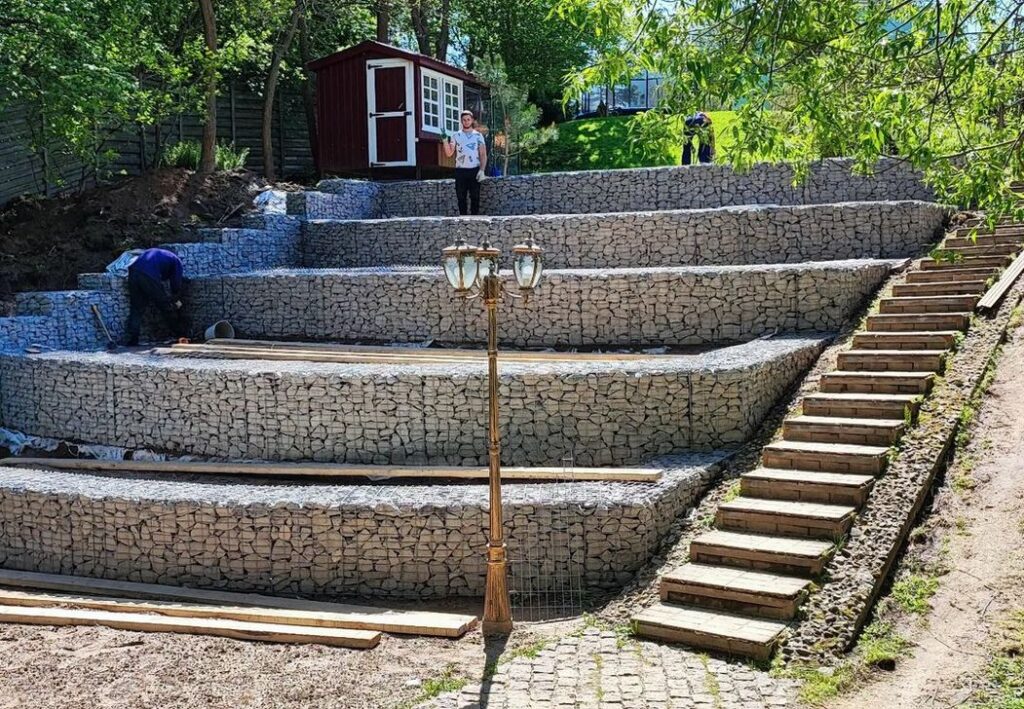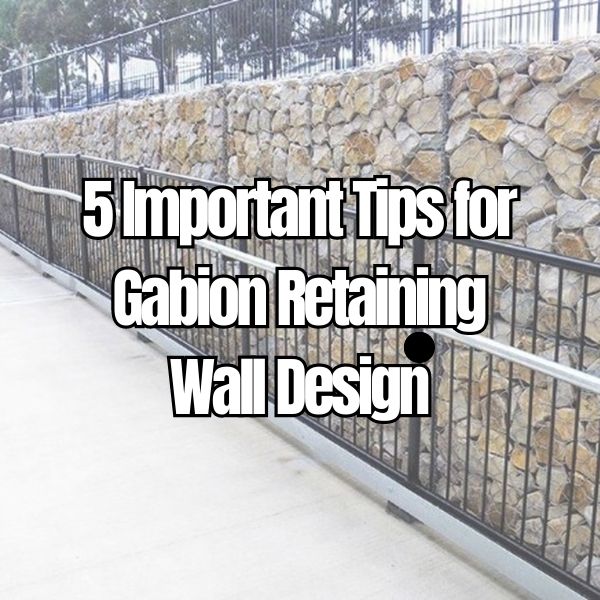Designing a gabion retaining wall requires careful consideration and attention to detail. These structures not only provide stability to slopes and prevent erosion but also offer an aesthetically pleasing solution for landscaping. Whether you’re a homeowner looking to enhance your property or a professional seeking guidance, this article will provide you with five important tips for gabion retaining wall design. From selecting the right materials to incorporating proper drainage, these tips will help you create a durable and visually appealing gabion retaining wall design.
Gabion retaining wall design involves creating structures using gabion baskets, which are made of galvanized steel or wire mesh filled with stones or rocks. These walls serve the purpose of stabilizing slopes, preventing erosion, and providing an attractive landscaping solution. The design process includes selecting the right materials, determining wall height and thickness based on site conditions, ensuring proper drainage to prevent water buildup, choosing suitable backfill material for added support, and considering professional installation and regular maintenance. Gabion retaining wall designs are versatile, durable, and can be customized to fit various soil types and project requirements.
Tip 1: Choosing the Right Gabion Retaining Wall Design Material

The first step in gabion retaining wall design is selecting the appropriate material for your project. Gabion baskets are typically made of galvanized steel or wire mesh and filled with stones or rocks. These materials offer excellent strength and durability while allowing water to flow through. Consider the site conditions, environmental factors, and desired aesthetics when choosing the type of stones or rocks to fill the gabion baskets. Different materials can create unique textures and colors, adding visual interest to your retaining wall. Gabion basket from zhuodahardware.
Tip 2: Determining the Wall Height and Thickness

The height and thickness of the gabion retaining wall are crucial for its stability. Before starting the construction, assess the site conditions, including soil type, slope angle, and water drainage patterns. Based on these factors, determine the required wall height and thickness to ensure sufficient structural integrity. Consulting with a professional engineer or experienced contractor can help you determine the optimal dimensions for your gabion retaining wall. Gabion wall from t.sa.3.
Tip 3: Ensuring Proper Drainage

Proper drainage is essential for the longevity of your gabion retaining wall. Without adequate drainage, water buildup can exert pressure on the wall, leading to instability and potential failure. Incorporate drainage pipes or gravel-filled trenches behind the wall to divert water away from the structure. This will help prevent hydrostatic pressure and ensure the long-term stability of your retaining wall. Gabion drainage from atiktelfactory.
Tip 4: Selecting Suitable Backfill Material

Choosing the right backfill material is crucial for the functionality of your gabion retaining wall design. The backfill material is placed behind the gabion baskets and provides additional support and stability. It should be well-draining to prevent water accumulation and avoid adding excessive pressure on the wall. Coarse-grained materials, such as crushed stone or gravel, are commonly used as backfill, allowing for proper water drainage. Gabion retaining wall from technetgabion.
Tip 5: Professional Installation and Maintenance

While gabion retaining walls can be a DIY project, professional installation is recommended for larger or more complex designs. Experienced contractors have the expertise to ensure proper construction techniques, accurate placement, and overall structural integrity. Additionally, regular maintenance is essential to keep the retaining wall in optimal condition. Periodically inspect the wall for signs of damage, erosion, or vegetation growth. Promptly address any issues to prevent further deterioration and maintain the functionality and aesthetics of your gabion retaining wall. Gabion garden design from c.s.korpus.
Conclusion Gabion Retaining Wall Design
Designing a gabion retaining wall requires careful planning and attention to detail. By following these five important tips, you can create a robust and visually appealing structure that provides long-term stability and enhances the aesthetics of your property. Remember to choose the right gabion material, determine the appropriate wall height and thickness, ensure proper drainage, select suitable backfill material, and consider professional installation and maintenance.
Incorporating these tips into your gabion retaining wall design will help you create a durable and visually appealing structure that enhances the stability and aesthetics of your property. Whether you’re a homeowner or a professional, implementing these important considerations will ensure the success of your gabion retaining wall project.
